PET
Secrets to Mastering Parrot Body Language: Decode Your Feathered Friend
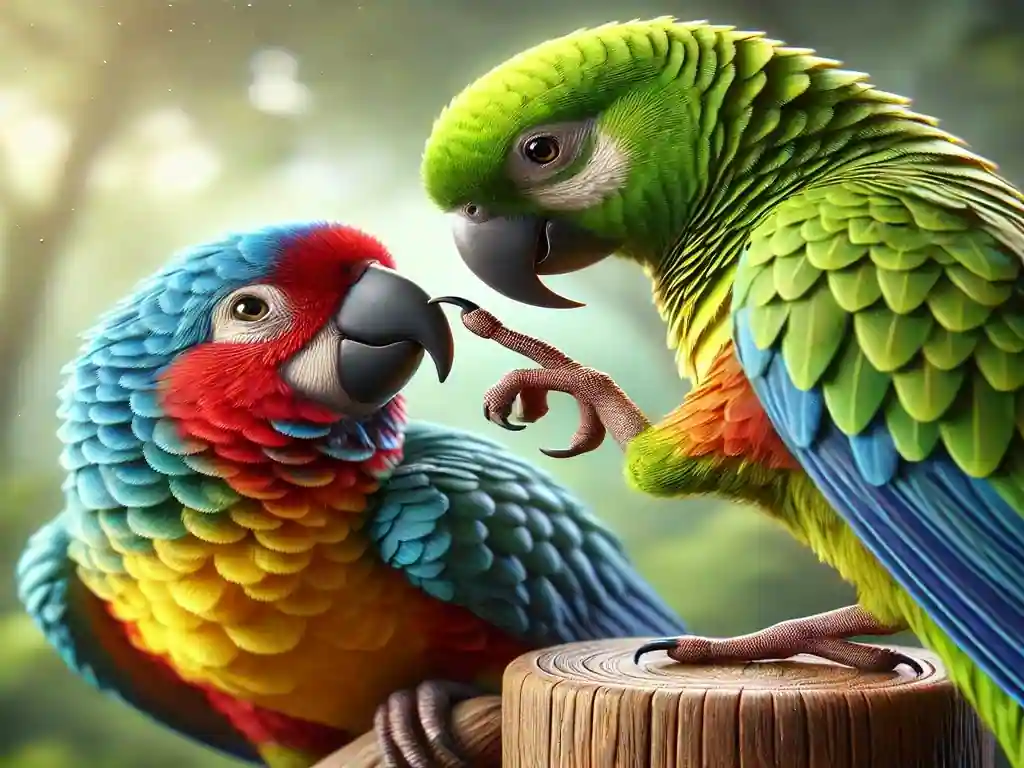
Introduction
Parrots are genuinely fascinating birds that have captured the world’s fancy with their high intellect, bright, vibrant plumage, and intriguing, complex behaviours. Nonetheless, the true beauty behind parrots is their specific ability to communicate through subtle yet articulate non-verbal communication. Learning to decode these signals will significantly benefit the bond with your bird companion by instilling trust and understanding.
In this article, we’ll observe the subtleties of parrot body language so that you can better interpret their emotions and intentions. We will identify the indicators of contentment and then determine whether your parrot has a genuine love for you, answering your important questions and improving your relationships with your feathered companion.
What Is Parrot Body Language?
Parrots convey a lot using their body language. Every flutter of feathers, wing spread, or flap is a message. Learning these signals can help us better understand our emotional needs and lead to more fulfilling and healthy relationships with parrots.
How to Read a Parrot’s Body Language
Here are some common parrot behaviours and what they might indicate:
1. Beak-to-Beak Interaction: Friends or Foes?
When parrots touch beaks, it can mean different things depending on the context. In the wild, parrots use beak contact to:
- Feed their young or mate
- Show affection
- Fight
If you observe your parrots gently touching beaks without defensive postures (e.g., no raised feathers or squinty eyes), it’s likely a friendly or affectionate gesture.
2. Yawning or Biting?
A wide-open beak can be confusing. Is your parrot yawning or about to bite? Look for accompanying signals:
- Yawning: Relaxed posture, no raised feathers.
- Biting: Raised feathers, lowered head, or aggressive stance.
3. Sibling Disputes and Aggression
Parrots, like siblings, may squabble over territory. Raised feathers, open mouths, and vocalizations often indicate mild disagreements. For example, two macaws may kick or scream to claim a perch but avoid actual harm.
4. Baby Parrot Behavior: Asking for Love
Young parrots often exhibit submissive postures, fluffing their head feathers and lowering their heads to ask for attention or scratches. These “fluff monsters” are simply seeking affection.
5. Tail Wagging and Wing Stretching
Tail wagging may indicate happiness or excitement, much as a dog wags his tail. Parrots could stretch one wing or both at once, showing how relaxed and ready they were to engage.
What Does Happy Parrot Body Language Look Like?
A happy parrot displays specific signs that indicate comfort and joy:
- Fluffed feathers: Especially after a bath, fluffed feathers can signify relaxation.
- Head tilts and eye pinning: Indicates curiosity or excitement.
- Slow blinking: A sign of trust and contentment.
- Singing or mimicking sounds: Happy parrots are often vocal.
- Hanging upside down: This playful behaviour shows comfort and security.
How to Know If Your Parrot Likes You
Building trust with your parrot takes time, but here are some indicators that your parrot feels safe and connected with you:
- Voluntary Interaction: If your parrot willingly approaches or seeks your attention, it shows trust.
- Grooming Behavior: Parrots present themselves and others they trust. If your bird tries to preen at you, consider it an honour.
- Relaxed Posture: A comfortable bird will perch with one leg tucked or exhibit a fluffed and calm demeanour.
- Playful Behavior: Swinging, hanging upside down, or exploring toys around you are signs of comfort.
- Soft Talking or Chirping: Parrots that don’t like you may engage in quiet chatter, imitating sounds or words you’ve taught them.
Body Language Signs of Stress or Discomfort
It’s essential to recognize when your parrot feels stressed or uncomfortable. Look out for these signs:
- Raised feathers and crouched posture Often indicate fear or aggression.
- Panting with open wings: A sign of overheating or exhaustion.
- Eye pinning with aggressive postures May precede a bite.
- Feather plucking: A sign of stress, boredom, or underlying health issues.
Addressing these behaviours promptly by identifying and removing stressors can help keep your parrot happy.
Flight Training and Body Language
Parrots trained to fly exhibit specific postures before takeoff or landing:
- Takeoff Posture: Crouched position, wings angled downward, and a focused gaze.
- Landing Behavior: Wings spread wide, “brakes on” as they approach their target.
Training sessions should be conducted in safe, comfortable environments to prevent stress or overheating. Positive reinforcement can encourage your parrot to develop confidence during flight training.
Heightened Behavior: Excitement or Aggression?
Parrots often exhibit heightened behaviours characterized by the following
- Fluffed feathers
- Tall posture
- Vocalizations
- Eye pinning
While these signs can indicate excitement, they may also signify aggression. Context is key; observe the environment and preceding events to determine the cause.
Tips for Strengthening Your Bond with Your Parrot
To further enhance your relationship with your parrot, try these strategies:
- Spend Quality Time Together: Dedicate time daily to interact, play, or sit near your parrot.
- Offer Enrichment Activities: Toys, puzzles, and foraging activities keep parrots mentally stimulated and happy.
- Respect Their Space: Avoid forcing interaction when your parrot seems withdrawn or stressed.
- Learn Their Favorite Treats: Positive reinforcement with favorite foods builds trust.
- Be Patient: Building a strong bond takes time, especially if your parrot is new to your home.
Endnote
In the end, understanding parrot body language is one of the prime competencies that any avian caregiver must acquire because it allows more profound connections with one’s feathered friend. By carefully observing the physical signs that the parrot presents, aligning feathers, and other vocalizations, a person becomes more apt at judging the emotions of a parrot, including their needs. Understanding and acting upon these gestures can encourage trust, dispel tension, and generate a stronger and more loving relationship.
FAQs About Parrot Body Language
- What is happy parrot body language?
Happy parrots fluff their feathers, tilt their heads, and exhibit relaxed postures. Singing or mimicking sounds is also a good indicator. - How do you read a parrot’s body language?
Look for cues like feather position, eye movement, and overall posture. Relaxed and curious behaviours usually indicate comfort. - How do you know if your parrot likes you?
Signs of affection include voluntary interaction, preening, relaxed posture, and playful behaviour. - Why does my parrot hang upside down?
Hanging upside down is a sign of playfulness and trust. It shows that your parrot feels secure in its environment. - What does wing stretching mean?
Wing stretching often indicates relaxation or preparation for activity. It’s a sign that your parrot feels comfortable and ready to engage.
Also read: https://skystylus.com/understanding-5-odd-bird-behaviors
Home
How Long Do Horses Live? Discover the Secrets to Their Remarkable and Healthy Lifespan
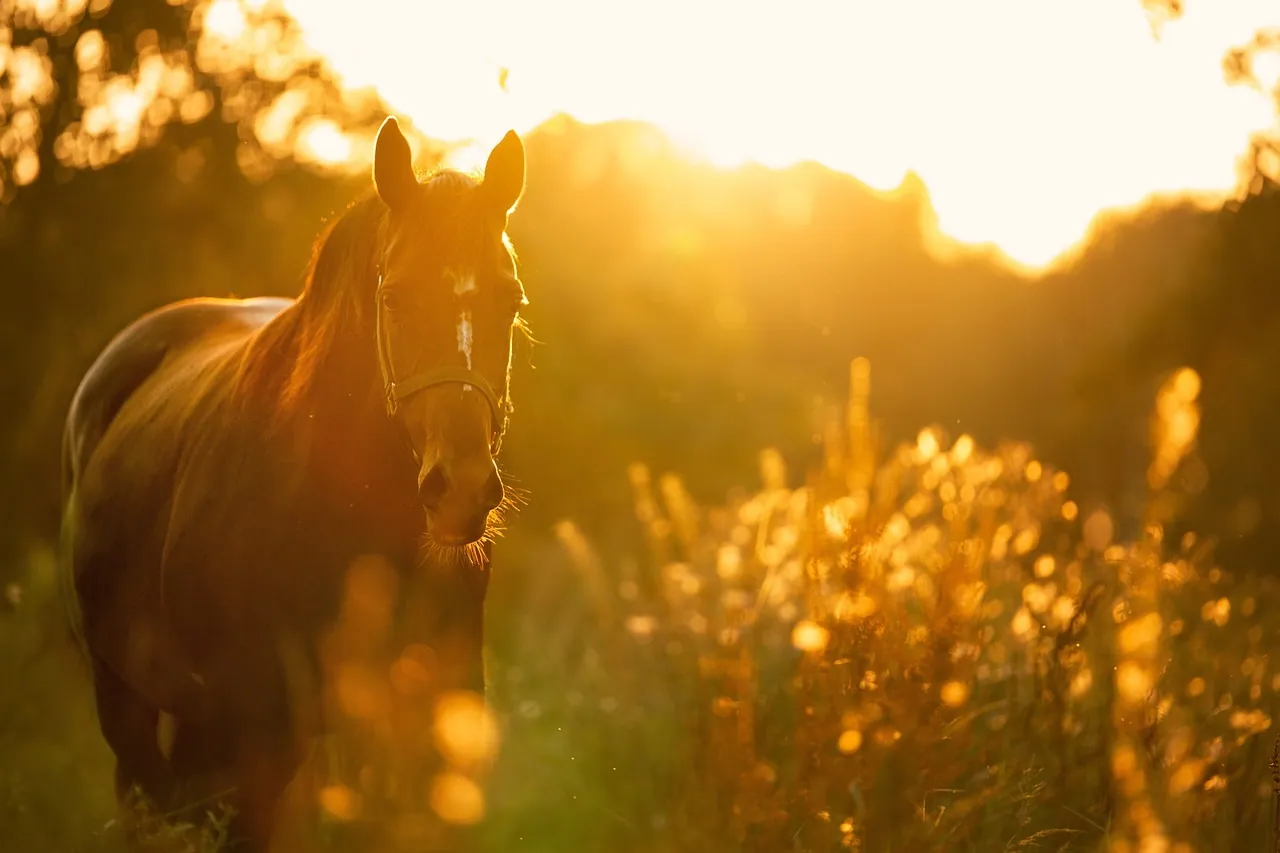
Introduction
The horse was and has always been a remarkable creature, cohabiting with humans for a long time. These majestic animals are a part of our lives either as companions, or competitors or workers. With this, one of the most common questions horse fanatics ask is how long do horses live? So let’s look at the factors that affect horse lifespan, and the care that will mean they live healthier lives for longer.
Horses have been such incredible creatures to be around, with the longest history of being man’s companion. These majestic creatures give us companions, or competitors, or they work for us. A common question among many horse enthusiasts is, how long do horses live? So, let’s take a look at what affects horse lifespan, and what you can do to help your horse live a long, healthy life.
The General Lifespan of Horses
The quick & fast response to the question: How long do horses live is that a horse generally lives for 25 to 30 years or more. Veterinary medicine and animal care have made big strides to extend this life. A similar effect of nutrition, medical treatment and of being aware of equine care has lengthened and improved the quality and length of the horses’ life as it has of the men.
According to conventional wisdom, horses do best when they live about 25 to 30 years, but many horses live to be older. In the best of care and with good genetics, some horses have lived well into their 40s. This demonstrates the need to be proactively managing your health.
Differences Among Breeds
How long do horses live, significantly depends upon breeds:
- Ponies: Smaller horses usually live longer than the bigger ones. Ponies are among some of the longest lived equines and many ponies live up to 40 years old.
- Draft Horses: Draft horses, and other larger breeds generally tend to live shorter lives than smaller breeds.
- Light Breeds: For example, horses like the Arabian (which have earned a reputation for being agile and having endurance) tend to have longer lifespans. Consider, for instance, straight Egyptian Arabians – robust, long lived, healthy beasts.
Other than breed, temperament and activity levels can affect how long do horses live. Some breeds are naturally hardy and resilient, some breeds need a little extra care in order to maintain good health.
Lifespan of Wild Horses
Because of no human power, horses living in the wild tend to live shorter lives. Wild horses don’t have access to veterinary care, proper nutrition or protection from predators. Limited to wearing it for a couple of days at full speed due to illness, injury, or harsh environmental conditions, their lifespan is often small.
In addition to these natural hazards, wild horses face competition for food and harsh winters and droughts. Although wild horses are extremely strong on their survival instincts, these challenges usually end up costing them their lives; most survive no more than 15 to 20 years in the wild.
Comparing Horse Years to Human Years
A lot of horse owners wonder if there’s any way to calculate horse years in comparison to human years. This is an interesting concept, although it isn’t easy to have exact parallels. For example, a human infant will take up to a year to learn to walk while a horse foal is able to stand and nurse as little as a few hours after birth and run alongside its mother within 24 hours.
Online calculators try to tell us what human years are equivalent to horse years, which are fun but aren’t scientific. They certainly don’t but they can serve as a fun way to think about your horse’s age in comparison with your own.
In addition, horses do not age linearly, as how long do horses live will be based on their early development, breed, and lifestyle. There are too many factors to put this on a firm basis, let alone draw any comparisons.
The Impact of Horse Sports on Longevity
Types of Activities they take part in affects significantly how long do horses live because the more the activities they are involved in, more is the impact on their lifespan. The more frequent and energetic the physical activities they are part of the more exposure to risk factors of their body. Common equestrian sports include:
- Show Jumping
- Dressage
- Barrel Racing
- Endurance Riding
- Thoroughbred and Arabian racing.
All of these things are very stressful on a horse’s limbs and can cause injury over time. In order to minimize the risks involved with these sports, proper conditioning, regular veterinary care and supportive therapies are crucial.
Horse owners involved in competition sports as well use advanced care techniques. Such may include custom saddles, specialized training and recovery regimens enforced to protect the horse’s musculoskeletal health.
Maintaining Horse Health for Longevity
How long do horses live is the question that compelled many owners to spend some of that money on support measures to help their horses thrive in their sport and beyond.
- Veterinary Care: But it’s also important to have routine checkups and to treat illnesses or injuries as soon as possible.
- Therapies: Massage therapy, chiropractic care, and acupuncture will reduce physical stress.
- Nutritional Supplements: They both tend to support overall health and mobility and support electrolytes and minerals and joint support.
- Preventative Measures: Common health problems include needing regular vaccinations, deworming, and dental care.
Among the horses, the aging horses in particular need particular care since they tend to have occupations, such as arthritis, which needs them to stay comfortable and to live up to their quality of life. The older horse can do their best to stay active and healthy with equine senior feeds and tailored exercise plans.
Risks Beyond Sports
While equestrian activities are a common cause of injuries, horses can also face risks in everyday situations:
- In the Pasture: While playing, interacting with other horses, horses may be injured.
- In Their Stalls: Confined spaces are not without accidents.
- Health Conditions: Many common ailments can affect the health of a horse, they include colic, Cushing’s disease, and ulcers.
Because you can’t communicate what’s wrong to a horse, it’s of the utmost importance that owners remain vigilant, and quick to respond when a horse appears ill or injured.
In addition, the environmental factors for example, exposure to extreme weather also define how long do horses live. So if you can, provide proper shelter, stable care, and that will help minimize these risks.
Our Responsibility as Caretakers
Caretakers are responsible for keeping horses pain free and happy. With regular observation, proper nutrition and timely medical intervention, a large amount of their quality of life can be maintained. How long do horses live is dependent on us to provide an environment in which they can survive and live a good life, regardless of age.
Conclusion
Strength, beauty and loyalty – horses enrich our lives in almost countless ways. A good part of how long a horse will live is often beyond our control, but by understanding what affects their lifespan and taking steps to proactively care for our equine friends, we can help them have long, healthy lives. Whether you have a playful pony or hard working draft horse, or spirited Arabian, your love and care is an important part of each of their journeys through life.
Please feel free to share your questions or comments in the comments section below. So here’s to celebrating the AWESOME lives of these true nomads, our horses!
Frequently Asked Questions (FAQs)
- When can horses live longer than 40 years?
Yes, but very rarely a few horses, mainly ponies and well cared horses have reached over 40 years.
- At what age is the oldest recorded horse?
The oldest recorded horse was ‘Old Billy’, aged 62 years. A barge horse born in the 18th century, he was brought to England from there.
- How can I find out whether my horse is aging serenely?
Checking for signs of mobility, appetite and coat condition. Regular vet check-ups can help keep an eye on their overall health.
- Are there certain diets for older horses?
Senior horses almost always need special feeds with a lot of fiber that are easy to chew, plus supplements for joint and bone health.
- Are wild horses sicker than domestic horses?
Yes, wild horses are more susceptible to injuries, diseases and to harsh environmental conditions making them live less than average.
- How do I alleviate my horse’s stress?
Establish consistent routines, proper shelter, and regular interaction. Adequate turnout time and companionship will also minimise stress.
- Could regular exercise help horses live longer?
Absolutely. Low impact exercise also aids in proper strengthening of their muscles and their joints reducing the risks of suffering from any age related issues and overall improving their general well being.
Also read: https://skystylus.com/fairgrounds-speedway-nashville-tn
Home
How Long Do Cats Live? Unlocking the Secrets to Your Feline’s Happy and Healthy Lifespan
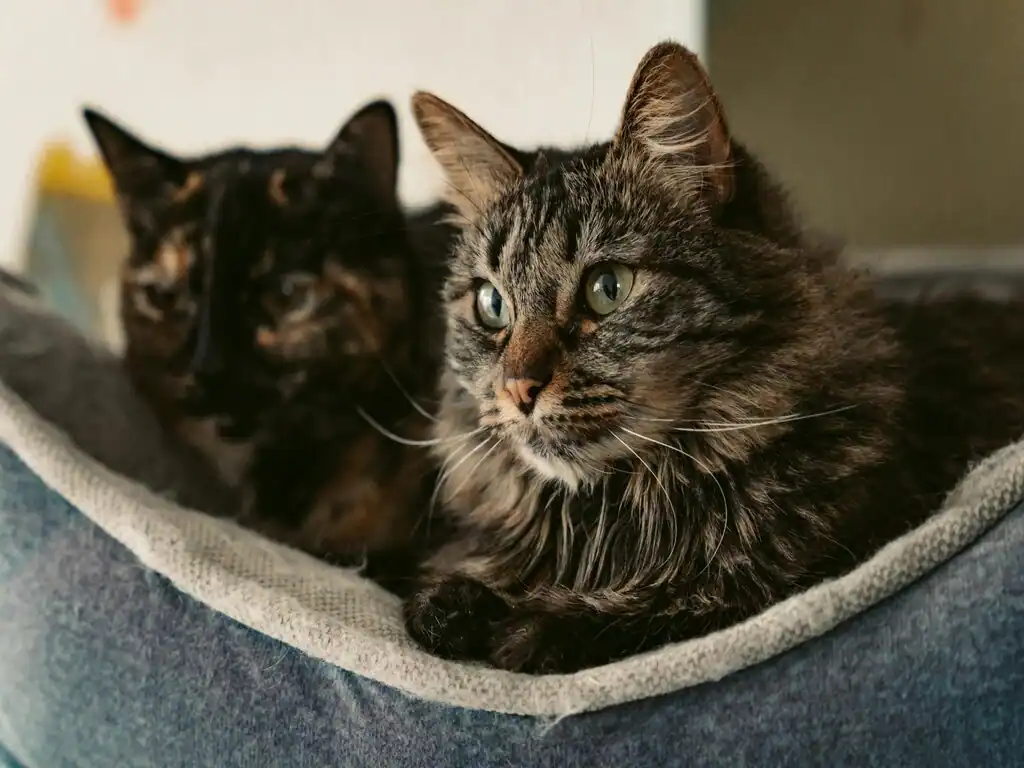
Introduction
Cats are pets to many people around the world. Their happy moods, naughty ways, and cute acts charm all in the home. It’s ordinary for a cat owner to inquire, “How long do cats live?” A cat’s life is molded by things like qualities, way of life, and where they live.
In this piece of information, we’ll see how long do cats live, the most things that influence their life span, and conversation around ways to assist them live longer so the owners can make more sweet recollections with their hairy companion.
Factors Affecting a Cat’s Lifespan
How long do cats live hinge on lots of stuff, like genes, diet and living conditions. Let’s look at each:
1. Genetics
Genes play a big part in how long a cat lives. Some types live longer than others, while some types get sick more often. Siamese and Burmese cats are known for living a long time; most live between 15 to 20 years. But big cats like Maine Coons or Abyssinians don’t usually live as long because of their size and individual health problems that also matter.
2. Diet and Nutrition
Taking care of pet cats implies more than fair giving them nourishment. Cats that get the optimum amounts of vitamins, minerals, proteins, and fats will live longer than cats that don’t eat well. On the other hand, destitute eating can lead to obesity, diabetes, and other issues that can make your cat’s life shorter.
Conversely, giving your feline pal boneless, fish-based diets lead to harmful foods to keep its alkaline level spick-and-span. Many believe that giving cats wet food may help prevent urinary issues, while dry food helps in maintaining dental hygiene. And, the only way to solve your cat’s dietary needs, and answer them well, then consult with your vet.
3. Indoor vs. Outdoor Living
Enhancing safety and security imparts an important role in deciding how long do cats live. It protects animals from potential harms present in their surroundings. On average, cats kept indoors live at least twice as long as outdoor cats. For instance, dangers like traffic, predators, and diseases simply don’t exist in the constant, happy home environment that indoor cats shelter in.
At the same time, a feline who is strictly kept indoors is maintaining an average lifespan of approximately 13 to 17 years. The normal cat life expectancy, in any case, is significantly lower due to mischances, sicknesses, cat predation, and other pitiful components. A cat who is permitted outside, on the other hand, more often than not lives to 5 to 8 years. Normally, cats kept inside live at least twice as long as open air cats.
4. Preventive Healthcare
Preventive healthcare like shots and checkups is key to helping a cat live longer. Cats that see the vet often get sick less often. Routine flea control, teeth cleanings, and blood tests can spot and fix health issues before they get bad.
Average Lifespan of Cats
The answer to question, how long do cats live is so smooth. It must be answered while considering its type, way of life, and health.
Domestic Cats
Pet cats, particularly those that mostly remain inside, live for 13 to 17 years. A few cats indeed get to their early 20s in case they are well looked after. Cats that live past 20 years are regularly called “super seniors,” and this long life is more often than not due to superior genetic makeup and extraordinary care.
Breed-Specific Lifespans
- Siamese Cats can live for 15-20 years
- Persian Cats, with a life span of 12-17 years
- Maine Coons can live 10-15 years
- Bengal Cats typically live between 12-16 years
- Ragdolls have an average life span of 12-15 Years
Wild vs. Domestic Cats
Wild cats often live shorter lives due to lack of food, predators, and harsh weather. House cats, though, get good care and are safe. Street cats, living between wild and tame, face the same risks as wild ones. As a result, they tend to live less than 10 years.
Extending Your Cat’s Life
To better understand “How long do cats live,” there are several steps you can take to ensure your cat enjoys a long and healthy life.
1. Regular Veterinary Checkups
Regular vet trips can find health issues early, helping your cat live longer. This should involve yearly shots, teeth care, and steps to stop problems. For older cats, twice-yearly visits are good to check for age-related issues closely.
2. Mental and Physical Stimulation
This keeps your cat active and sharp, stopping weight gain and keeping their mind alert. They need toys, scratching posts, and playtime for good health. Puzzle feeders and fun toys help with mental stimulation, which is key for indoor cats.
3. Proper Grooming and Environment
Regular grooming keeps your cat clean, but it’s a good time to check for lumps or bumps on the skin and watch its health. For long-haired breeds like Persians, grooming helps stop mats and hairballs, which cause pain. Another way to help your cat feel good is to give them calm spots to rest, soft beds, and high places to sit.
4. Quality Time and Emotional Bonding
Cats thrive with company and feeling close to others. Spending time with your cat can reduce stress and make them healthier. Activities like gentle petting, brushing, and playing together not only boost your cat’s happiness but also play a vital role in answering the question, “How long do cats live?” by supporting their overall well-being.
Signs of Aging in Cats
As cats grow older, they may display changes in their behavior and appearance. Paying attention to these signs can help you provide the best care and understand more about how long do cats live.
1. Behavioral Changes
Older cats might be less active and sleep a lot. They may also meow more and seem confused, which is called feline cognitive dysfunction. Keeping regular routines and gentle activities can help.
2. Common Health Issues
As cats get old, they often face many health problems like sore joints, kidney trouble, and thyroid issues. Regular vet visits can help find and treat these early. Other common problems are bad teeth, poor eyesight, and less movement. To help an old cat, changes like ramps or soft beds can be needed to keep them happy.
3. Changes in Appetite and Weight
Older cats may eat more or less than usual. Changes in weight can show health problems. They should have tasty, suitable food to stay healthy.
Frequently Asked Questions About How Long Do Cats Live
1. How can I help my cat live longer?
Ensure your pet sees the vet often, eats well, stays sharp, and lives in a safe environment.
2. What is the oldest living cat on record?
The oldest cat ever, Crème Puff, reached the age of 38. This amazing cat showed pet owners everywhere that cats can live for many years.
3. Do indoor cats live longer than outdoor cats?
Yes, cats that stay inside live longer since they avoid risks like cars, wild creatures, and getting sick.
4. How does neutering/spaying affect a cat’s lifespan?
Fixing your cat can make them live longer. It can stop some health issues, like tumors and germs. It also ends actions that might hurt cats, such as roaming or fighting.
5. Is it true that smaller cats live longer?
Small cat breeds often live longer than big ones. But how you care for them matters too. Giving them good and steady care is very important.
Also read: https://skystylus.com/debunking-9-most-common-cat-myths
PET
Understanding 5 Odd Bird Behaviors: What Every Pet Bird Owner Should Know
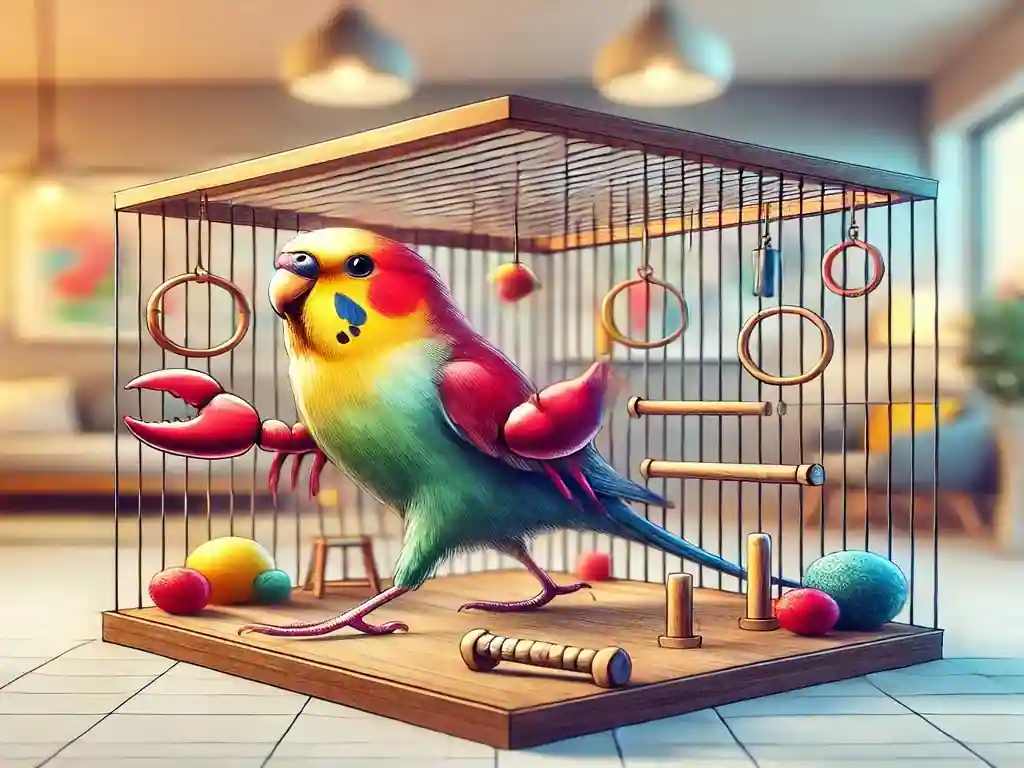
Pet birds are wonderful companions and known to be intelligent, with charming personalities to boot. But sometimes they exhibit behaviors that seem so unusual or even perplexing to their owners. These odd bird behaviors can sometimes be puzzling at first, but knowing them can help make you a more attentive and caring bird owner. In this article, we will explore five odd bird behaviors and the logical explanation behind them to ensure the well-being of your feathered friend.
1. Walking from Side to Side Inside the Cage
If you have been observing your bird for quite some time, you have probably noticed that it often walks sideways, just like a crab. While this may seem very amusing, it often implies that something is wrong: either the bird is bored or excited. This is generally a sign of birds confined to small cages or otherwise lacking in mental stimulation.
Why Birds Do This:
- Stress or anxiety, just like how human beings tap pens or shake legs.
- Limited space to restrict the natural movement.
- No toys or interaction for them to keep them active.
How to Help:
- Upgrade to a larger cage to give your bird more room to move.
- Provide ample time outside the cage for free roaming.
- Introduce toys and activities to keep your bird entertained and mentally stimulated.
This odd bird behavior can often be corrected with simple changes in their environment, keeping them happy and stress-free.
2. Gag Reflex or “Crop Adjusting”
For instance, if it makes a gagging or regurgitating motion, the bird may give the owner some shock; this is the crop adjustment behavior that birds do when they are adjusting their crops- which is a pouch in their throat where they store their food.
Why Birds Do This:
- By altering the crops’ makeup to accommodate enough food in their fields.
- In order to keep their crop comfortable and functional.
When to Worry:
- If your bird is displaying this behavior excessively, then take it to a vet for health problems.
Having some sort of understanding of the strange, though natural, ways in which birds feed their young is sure to settle your nerves.
3. Perching on One Leg
Does it seem like your bird always tends to sit or even perch with one leg tucked in tight by the body? It appears very unusual, but there’s absolutely nothing wrong with that, and it’s frequently a good sign.
Why birds do this:
- Relaxed, comfortable: The bird that prefers sitting on one leg is often in a rather relaxed and contented state.
- Heat retention: Folding in one leg helps retain body heat.
- Rest: It gives their legs a break by switching between them.
What to Watch For:
- If your bird is favoring one leg consistently without changing, then it might have an injury or health issue that needs to be treated.
This is typical odd bird behavior that signifies relaxation, but it’s a must to monitor for abnormal patterns.
4. Grinding Their Beaks
Grinding a bird’s beak sometimes seems puzzling at first, but it happens to be one of those common behaviors that will prove that your bird is so relaxed and happy.
Why birds do that:
- To relax and let go even before sleep.
- To maintain their beak health and trim the edges on it.
When to Expect It:
- Usually at quiet moments or just before your bird falls asleep.
The grinding noises from the cage would be an indicator that your bird is content and having a good time at its peaceful moment. This bizarre bird behavior is an expression of how comfortable and content it is.
5. Regurgitating
Sometimes, birds swallow seeds and regurgitate them, which can mistakenly be thought of as vomit. It is often a common action among birds showing love by regurgitating, similar to that of a mother feeding chicks.
Why Birds Do This:
- Feeding their partner is a way of showing love towards them.
- To show love and attachment towards their social group.
When It Becomes a Problem:
- When your bird starts vomiting seeds onto a mirror or toy, it may get obsessed and lead to a state of aggression.
- Severe vomiting can lead to malnutrition, weight loss, or even physical illness.
How to Prevent Problems:
- Remove any mirrors or toys that create this problem.
- Feed them a well-balanced diet and weigh them.
- Take them to the veterinarian if the behavior continues or seems extreme.
Though regurgitation is a normal act, knowledge of this weird bird behavior makes sure that your pet remains healthy and happy.
Final Thoughts
To understand the behavioral patterns of your bird is an important part of improving your relationship with them. The actions birds carry out might seem rather ridiculous at first, but they are actually logical because they form part of birds’ natural instincts. Fulfilling most of the needs of your feathered friend will help it thrive and live its life happily. This includes providing it with enough room, stimulation, and good care.
These odd bird behaviors may seem weird at first, but they are very useful in understanding your bird’s emotions and needs. Observing and responding to these behaviors strengthen your relationship with your pet and promote their happiness.
A responsible bird owner is always attentive to any changes in his pet’s behavior. If anything seems unusual or continues, talk to an avian veterinarian about this. Your bird depends on your watchful care and understanding for health and happiness.
FAQs on Weird Bird Behaviors
1. What is abnormal behavior in a bird?
Some weird bird behaviors include pacing in the cage, grinding their beak, or standing on one leg. Most of these have rational explanations such as stress, relaxation, or temperature regulation, and understanding them helps ensure your bird’s well-being.
2. Why is my bird acting weird?
A bird can be acting strange for reasons of stress, boredom, or health issues. A closer observation of their environment, diet, and general behavior may reveal the cause and allow one to address it.
3. Is it normal for birds to regurgitate food?
Yes, regurgitation is a normal behavior, especially as a sign of affection or bonding. However, if it occurs excessively or is aimed at objects such as mirrors, it may lead to problems that need attention.
4. Why do birds stand on one leg?
Birds stand on one leg to relax, conserve heat, and keep the legs off the perch. It is usually an ordinary behavior unless a bird consistently prefers one leg more than the other, at which point that could mean something is wrong.
5. How do I know my bird is stressed?
Some of the stress symptoms in birds are pacing, feather plucking, excessive vocalization, and loss of appetite. The best solution to reduce stress in birds is a spacious cage with mental stimulation and regular interaction.
Also read: https://skystylus.com/parrot-body-language





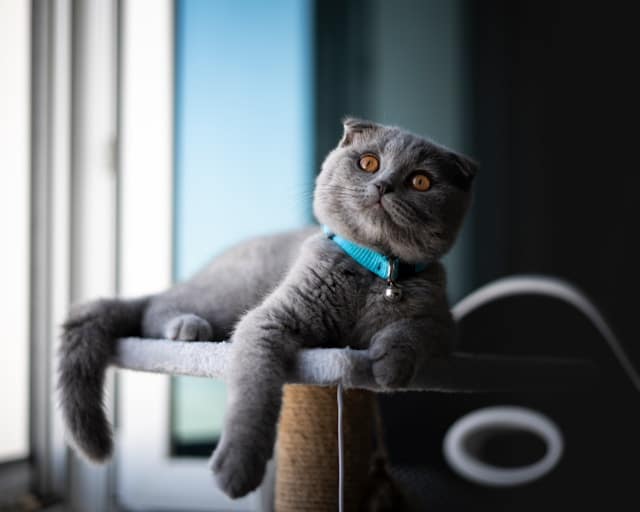

Pingback: Understanding 5 Odd Bird Behaviors: What Every Pet Bird Owner Should Know - skystylus.com
Pingback: Milwaukee Bucks vs Indiana Pacers: Thrilling Match Player Stats and Highlights - skystylus.com